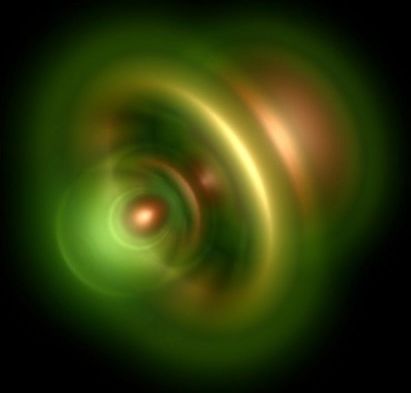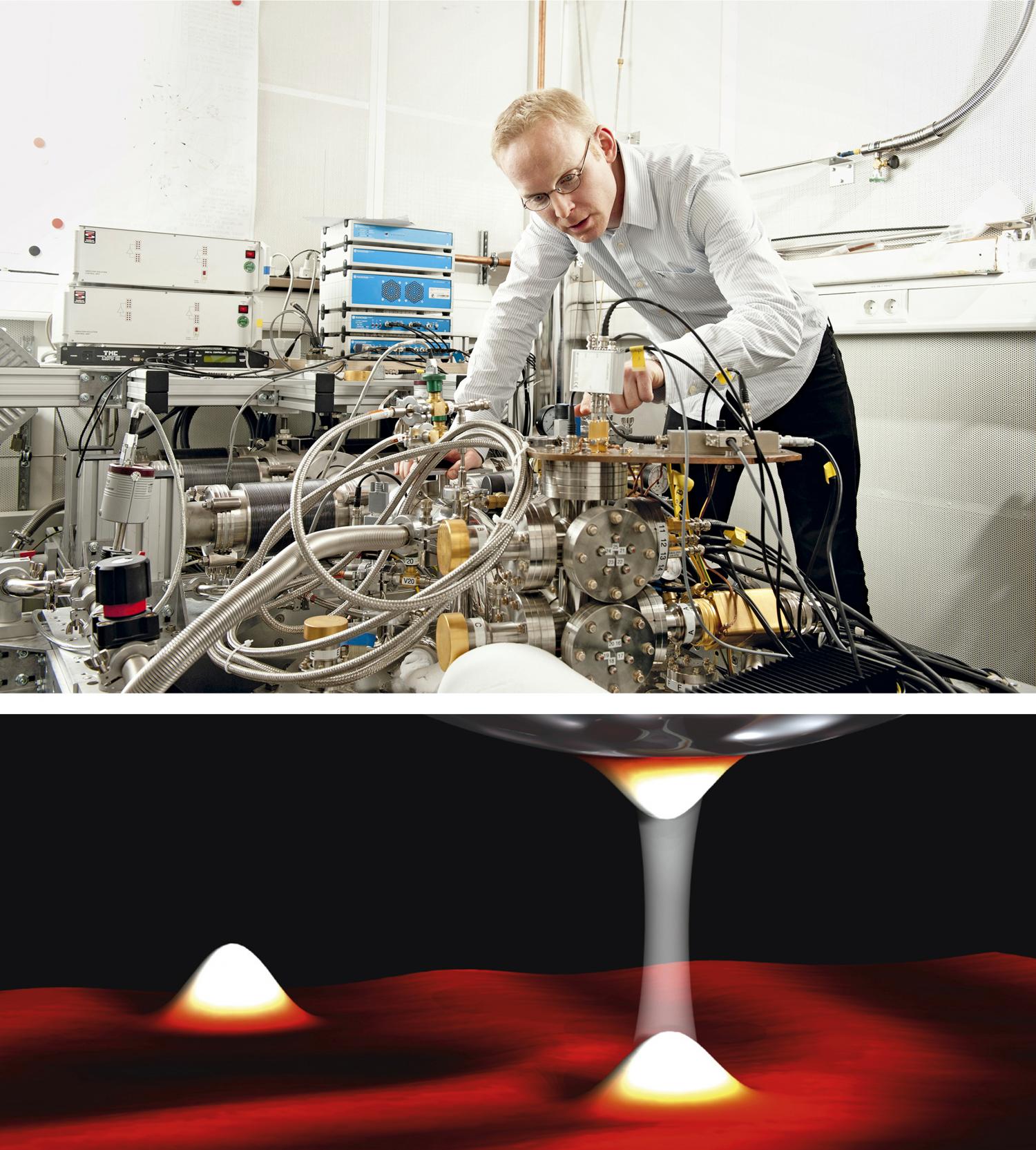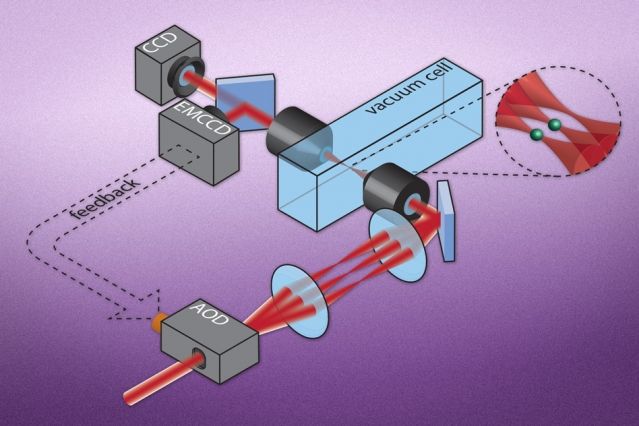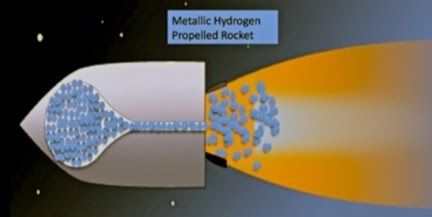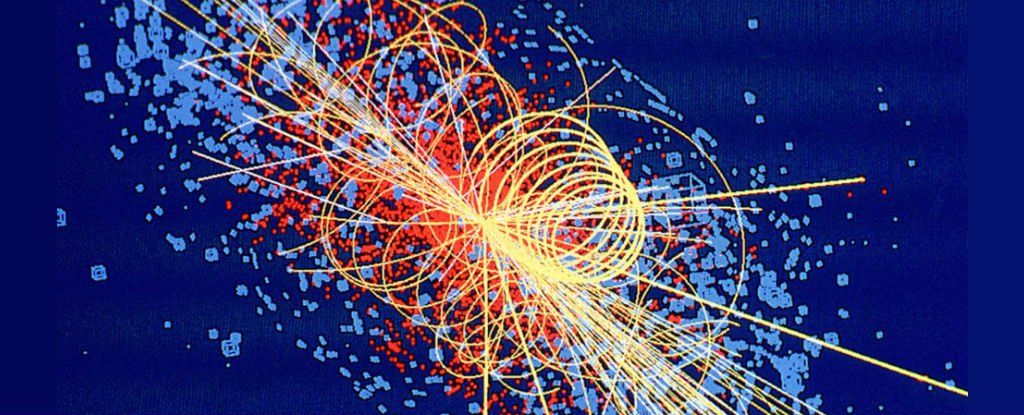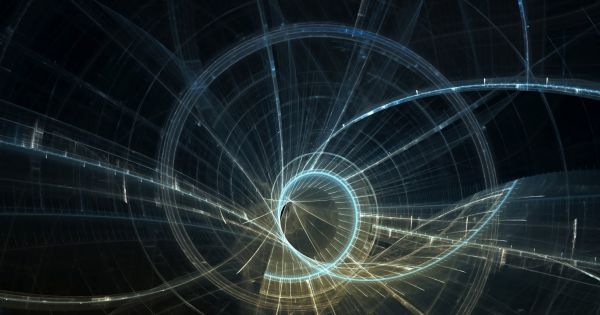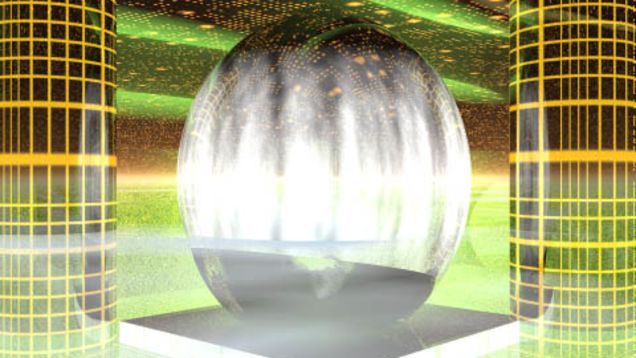Nov 9, 2016
A Zeptosecond Stopwatch for The Microcosm
Posted by Karen Hurst in categories: particle physics, quantum physics
For the first time ever, laser physicists have recorded an internal atomic event with an accuracy of a trillionth of a billionth of a second.
When light strikes electrons in atoms, their states can change unimaginably quickly. Laser physicists at LMU Munich and the Max Planck Institute of Quantum Optics (MPQ) have now measured the duration of such a phenomenon – namely that of photoionization, in which an electron exits a helium atom after excitation by light – for the first time with zeptosecond precision. A zeptosecond is a trillionth of a billionth of a a second (10−21 s). This is the first absolute determination of the timescale of photoionization, and the degree of precision achieved is unprecedented for a direct measurement of the interaction of light and matter.
When a light particle (photon) interacts with the two electrons in a helium atom, the changes take place not only on an ultra-short timescale, but quantum mechanics also comes into play. Its rules dictate that either the entire energy of the photon is absorbed by one of the electrons, or the energy is distributed between them. Regardless of the mode of energy transfer, one electron is ejected from the helium atom. This process is called photoemission, or the photoelectric effect, and was discovered by Albert Einstein at the beginning of the last century. In order to observe what occurs, you need a camera with an incredibly fast shutter speed: The whole process, from the point at which the photon interacts with the electrons to the instant when one of the electrons leaves the atom, takes between 5 and 15 attoseconds (1 as is 10–18 seconds) as physicists have worked out in recent years.
Continue reading “A Zeptosecond Stopwatch for The Microcosm” »
